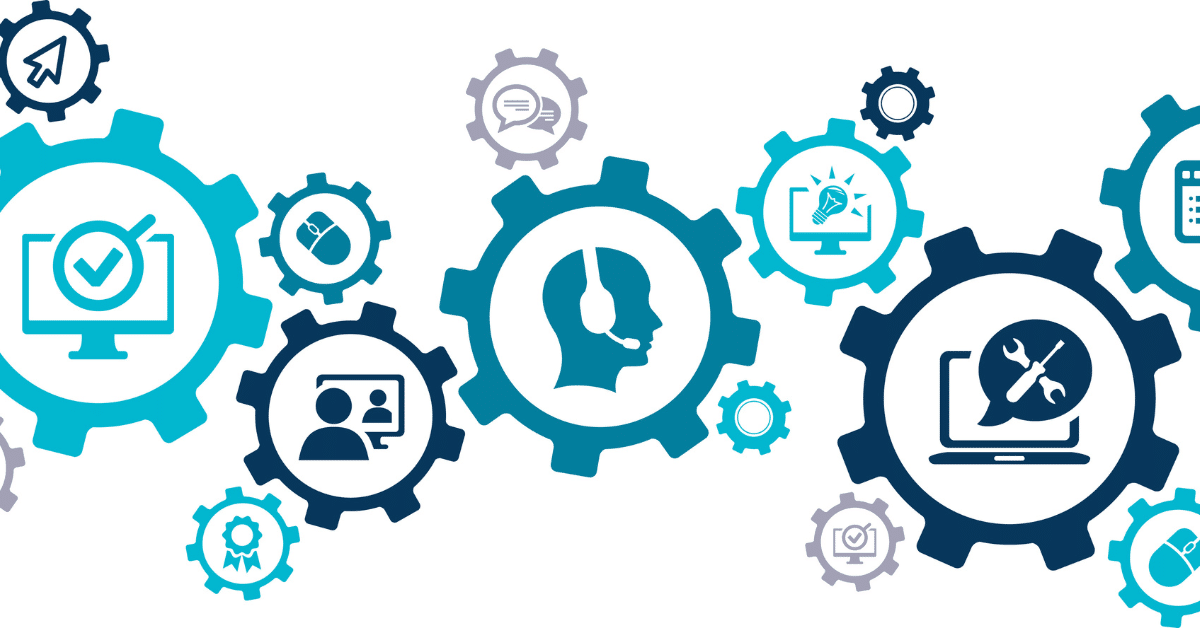Verizon’s 2022 Data Breach Investigations Report found that ransomware continues its upward trend with a nearly 13% rise. The increase is as much as the last five years combined, and in fact, it was present in almost 70% of malware breaches in 2022.
The proliferation of these attacks continues to make the headlines. You likely heard of the Colonial Pipeline ransomware in 2021. Have you heard about the 2023 City of Oakland Systems attack?
US critical infrastructure is a significant target for cybercriminals. Unfortunately, ransomware attacks combined with inadequate cybersecurity have left this sector vulnerable. Which is why the White House changed its tactics from voluntary information sharing to imposing regulations within critical sectors.
To say that ransomware is top of mind for leaders might be an understatement. If you aren’t thinking about your cybersecurity posture and whether it is up to par, then it’s time to start. Organizations of all sizes need to have a solid security plan to mitigate this growing threat’s risk.
The adage “knowledge is power” is quite true when it comes to cybersecurity. Learn how to protect your organization from ransomware in today’s blog.
Table of Contents
What is Ransomware?
Ransomware is malicious software that denies access to data or devices until, as its name implies, a ransom is paid. There are various attack types, and a well-known example is crypto-ransomware or encryptors. The malware encrypts a victim’s files, and a message is displayed demanding payment in exchange for the decryption key.
It can encrypt files on a single device and travel across your network to encrypt files on network drives. Meaning one infected user can bring a halt to a department or entire organization.
Other ransomware types can include:
- Lockers: In this variety, you are completely locked out of your system – making your files and applications inaccessible. The lock screen displays the ransom demand. Occasionally, they add a countdown clock to increase urgency.
- Leakware or Doxware: Leakware threatens to leak sensitive information online – either personal or company-related. There’s another fear tactic that cybercriminals can take, and that’s threatening to tell data protection authorities that you were breached.
- Scareware: In this attack, fake software informs you that it has detected a virus or other threat on your computer – directing you to pay to resolve the issue. The scareware tactic may lock you out of your computer or flood it with endless popup alerts.
It is important to note that it is rarely advised to pay ransomware actors. Paying the ransom does not guarantee that the attacker will give you what they claim they will. Paying the ransom may encourage further attacks – on you and others.
Some attacks, though, can immediately impact customers or other stakeholders, forcing an organization into paying despite the consequences. For example, if a hospital discovers that cybercriminals have accessed Protected Health Information (PHI) and threaten to sell it on the Dark Web if they don’t pay the ransom.
It’s important to note that some people confuse scareware for ransomware. Learn about scareware and how it differs.
What is Ransomware as a Service (RaaS)?
Ransomware as a service is a criminal business model where cybercriminals provide ransomware tools and services to other criminals, like software as a service (SaaS). A RaaS kit may contain familiar marketing approaches, including bundled offers, forums, 24/7 support, reviews, and other features.
RaaS makes it easier and more affordable for cybercriminals to launch ransomware attacks. They don’t need technical expertise or significant resources to distribute the malware. This service even includes a variety of payment models.
RaaS Payment Models:
- Monthly subscription
- One-time ransomware purchase
- Percentage of successful ransom payments
This business model has undoubtedly led to an increase in the number of ransomware attacks we experience today.
What Triggers Ransomware?
Ransomware attacks are triggered by malware delivered through various methods, including:
1. Phishing Emails
The victim receives an email that appears to be from a legitimate source (e.g., a bank or government agency) with a link or attachment that, when clicked, downloads the malware onto the victim’s system. Being infected may make your computer part of a botnet system – a means for cybercriminals to gain data (e.g., passwords, Social Security numbers, and other personal information).
A target may also be baited into divulging sensitive information or downloading malware.
2. Malicious Websites
In this scenario, the victim visits a compromised website or a site that was designed to deliver malware. In this scenario, the malware is downloaded onto the victim’s system without their knowledge – known as drive-by downloading.
3. Vulnerability Exploits
The attacker exploits a vulnerability in the victim’s software or operating system to deliver the malware onto their system.
- Related content: Protect your org from malware deployed after a tailgating attack.
Who Do Ransomware Users Target the Most?
Ransomware attacks can target anyone with a computer or internet-connected device. Still, certain groups are targeted more frequently than others. The following are some of the most common targets of ransomware attacks:
1. Government Agencies
Government agencies are commonly targeted by ransomware attacks, as they often have valuable and sensitive data that cybercriminals can hold hostage for ransom.
2. Healthcare Organizations
Healthcare organizations are particularly vulnerable to ransomware attacks because of the sensitive patient data they store, which can be very valuable to cybercriminals.
3. Educational Institutions
Educational institutions, such as universities and schools, are also frequently targeted by ransomware attacks because they often have many computer systems and may not have the same level of cybersecurity measures in place as businesses or government agencies.
4. Businesses
Ransomware attacks against businesses are increasing. Cybercriminals see businesses of all sizes as lucrative targets that can pay high ransoms to restore their data and systems.
In 2022, more than 200 government, education, and healthcare organizations in the US were victims of ransomware. Taking measures to protect yourself and your organization is vital because no one is exempt from this type of attack.
What Are the Implications for Small Businesses?
Ransomware attacks can have a devastating impact on small businesses. This result is because you often have limited resources for cybersecurity – leaving you without the same measures in place as larger organizations.
While the repercussions are challenging for any organization, they profoundly affect smaller businesses. Starting with the elephant in the room, the impact of financial loss can have you close your doors within six months of an attack – which occurs to 60% of small businesses.
Fortunately, organizations are wising up and refusing to pay after an attack. In 2022, cybercriminals only extorted roughly $456 million – leading to a drop of 40% from the previous two years. Still, you need to factor in the cost accrued from the operational disruption.
Ill-prepared organizations will find themselves quickly losing their financial grip if they don’t have established processes to restore their systems promptly. This downtime can lead to missed deadlines, lost customers, and reputational damage. If they’re in a business that must adhere to compliance requirements, they may face fines or expensive legal actions.
Having a robust, data-driven cybersecurity strategy for your small business is not a “nice to have” in today’s environment. It’s a must.
How Do Small Businesses Defend Against Ransomware?
Our sophisticated cybersecurity experts use data-centric strategies and take proactive measures to help protect our clients from threats like ransomware through monitoring, employee training, frequent file backups, network segmentation, and quick application of security patches and updates.
We urge every small business to implement these practices to prevent the likelihood that your organization experiences any of the struggles associated with this attack. We’ve prepared a guide to help you safeguard your business from ransomware attacks.
Empower your small business against potential risks with our proactive preparation guide. If you have any questions or need advice, don’t hesitate to contact us.

Don’t wait until it’s too late to protect your business. Use the eight steps outlined in this guide to safeguard your business.











